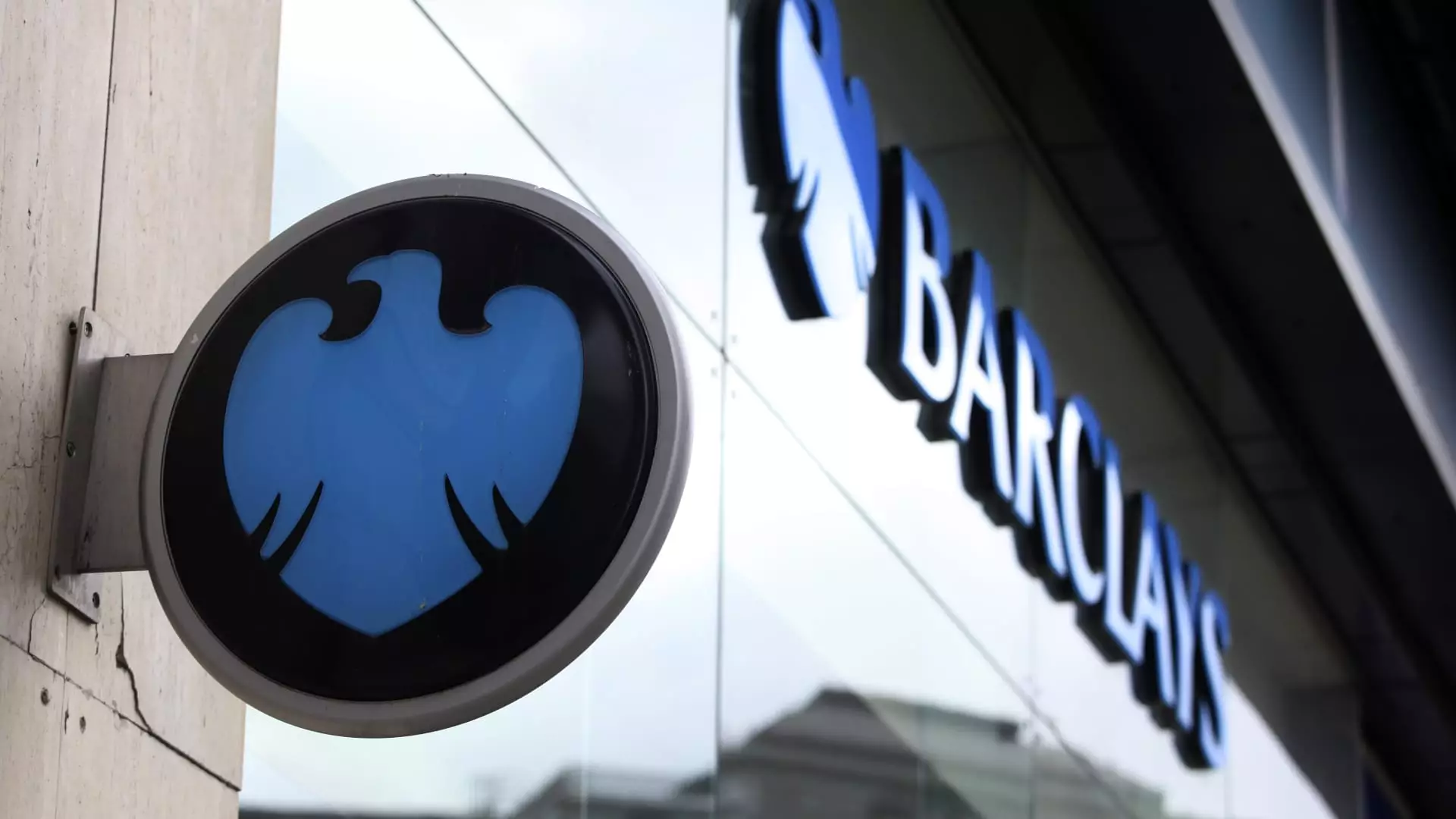In a recent financial report, Barclays Bank has demonstrated resilience amidst a complex environment by posting a 24% increase in pre-tax profits for the fiscal year 2024. The lender’s pre-tax profit reached £8.108 billion, edging slightly past analyst predictions of £8.081 billion, as reported by LSEG. Furthermore, net profits attributable to shareholders also rose by 24%, climbing to £5.316 billion. However, it’s essential to note that this figure fell short of analyst expectations, which had forecasted £5.449 billion. Despite these noteworthy gains, the fourth-quarter performance introduced a layer of caution, as the attributable profit of £965 million didn’t meet the anticipated £994 million.
This financial dichotomy suggests that while Barclays has been successful in certain aspects, there remain challenges that could impact future performance. The bank’s total income for the closing quarter of the year showed a robust increase—up to £6.96 billion from £5.6 billion year-on-year. Key operational segments also recorded impressive growth, with the investment and retail banking divisions experiencing year-on-year rises of 28% and 46% respectively, dissolving any notions of stagnation.
Barclays’ recent strategies underscore an active commitment to improving efficiency and enhancing shareholder returns. The bank plans to cut costs by £2 billion by 2026, focusing primarily on profitable consumer and lending operations. This redefined operational focus is reflective of Barclays’ absorption of the retail banking arm from British supermarket giant Tesco, a move that aims to consolidate its market position while also enhancing its competitiveness in a dynamic banking landscape.
The strategic review undertaken by Barclays is crucial, especially in light of the shifting competitive landscape in the UK banking sector. Notably, competition might be less intense considering HSBC’s recent decision to pull back from its M&A and equity capital markets businesses across Europe and the U.K. This presents an opportunity for Barclays to capture a more substantial market share as the space becomes more manageable for remaining players.
The broader economic landscape should not be overlooked when assessing Barclays’ performance. The U.K. economy has faced challenges, including a decline in IPO activities on the London Stock Exchange. Compounding these issues, the Bank of England’s recent interest rate cut introduces potential strains on profitability, as it typically narrows the gap between interest earned on loans and the interest paid on deposits. This monetary easing, while aimed at stimulating economic growth, could dampen the financial returns for banks like Barclays in the immediate future.
In the wake of these challenges, the U.K. government is keen on fostering a more competitive banking environment. Finance Minister Rachel Reeves has urged the Financial Conduct Authority to enhance the competitiveness of British banking while ensuring consumer protection remains a priority. The forthcoming Financial Services Growth and Competitiveness Strategy is a significant focus for industry watchers; its outcomes will be pivotal in shaping the operational landscape for banks across the U.K.
Barclays must also navigate the aftermath of a recent significant technological outage that disrupted its operations for three days, showcasing vulnerabilities in its infrastructure. This incident underscores the critical need for robust technology frameworks to support an increasingly digital banking environment. Ensuring seamless transaction capabilities will not only enhance customer experiences but also reinforce trust in the bank’s operational reliability.
Looking forward, Barclays has the potential to leverage the opportunities presented by domestic shifts and regulatory changes. A presence in consumer banking, bolstered by a sound risk management framework and investment in technology, could position Barclays favorably in the years to come. By building on its current strengths and addressing existing weaknesses, the bank can lay a solid foundation for sustained growth and profitability.
While Barclays has faced hurdles this year, its proactive strategies and commitment to enhancing shareholder value paint a cautiously optimistic picture for the future. As the financial landscape continues to evolve, the bank’s adaptability amid regulatory changes and market dynamics will be critical in navigating the road ahead.

